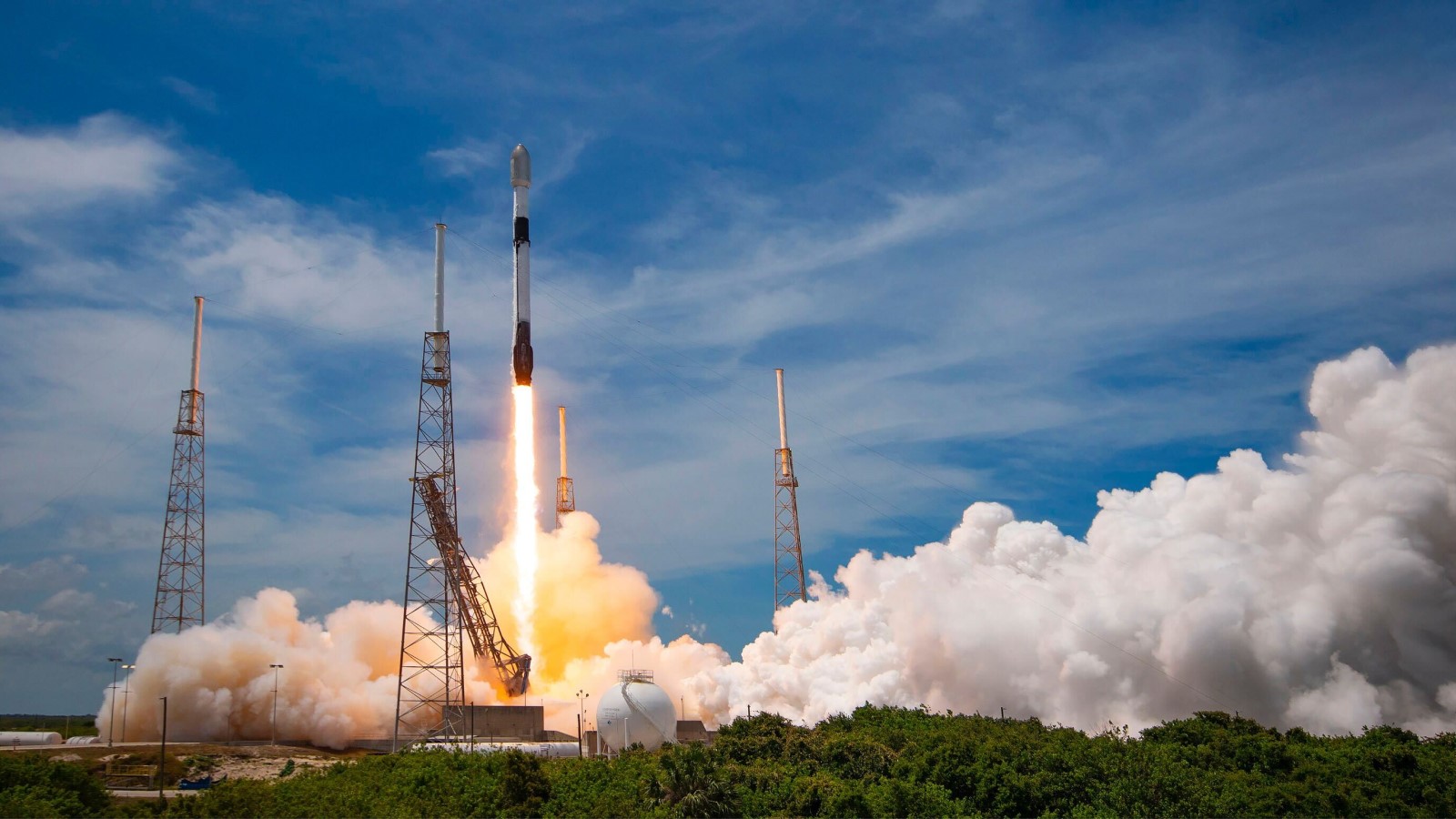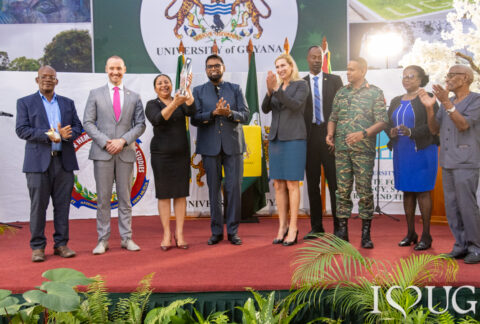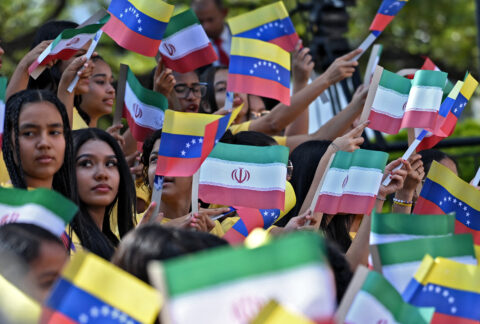The Brazilian Air Force (FAB) launched two new satellites, Carcará I and Carcará II, from Finnish satellite tech firm ICEYE, which use radar technology for ground surveillance and terrain observation. Images captured will be used to support the fight against narcotrafficking and illegal mining, as well as to determine river navigability, and monitor border control operations, wildfire, natural disaster, and the Exclusive Economic Zone, among others, FAB said in a statement.
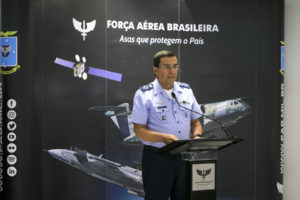
“The Amazon region will be one of the greatest beneficiaries with permanent monitoring and with greater precision in essential information for strategic decisions. I want to stress the dual use of these satellites with both military and civilian applications, which reaffirms the historic contribution of the Armed Forces to national development and to the well-being of the Brazilian people,” Brazilian Defense Minister Paulo Sérgio Nogueira de Oliveira said in a speech at the May 25 launch.
The two new satellites are part of the Lessonia-1 Project, which consists of the acquisition of several low-orbit satellites to meet the operational needs of the Armed Forces, the Operational and Management Center of the Amazon Protection System, and government agencies. The Lessonia Project imaging system uses an active detection sensor capable of generating very high resolution images, which can be obtained anytime, regardless of weather conditions.
“Radar technology allows us to observe the terrain even when there is cloud cover. They are more accurate than optical scanning satellites, which have a more limited reading, because they do not ‘pierce’ the clouds and only allow photographs up to 40 meters above ground, restricting our ability to monitor regions like the Amazon,” General Carlos de Almeida Baptista Junior, FAB commander, said. The newly launched satellites allow observation from a distance of up to 2 meters.
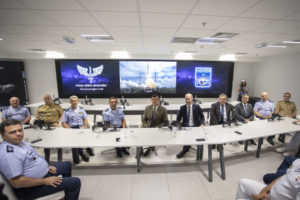
SpaceX’s Falcon 9 rocket launched both satellites from Cape Canaveral Space Force Station in Florida. Brazilian military and government officials watched the event live from the Space Operations Center in Brasilia, Brazil’s capital.
Each satellite has a volume of 1 cubic meter, weighs about 100 kilograms, and has five solar panels. The operation of the two satellites won’t officially begin until November, during which time, according to FAB, the equipment must adjust to orbit. In order to fully comply with Brazil’s Strategic Space System Program, FAB also plans to launch nationally manufactured satellites to further enhance Earth observation capability.

